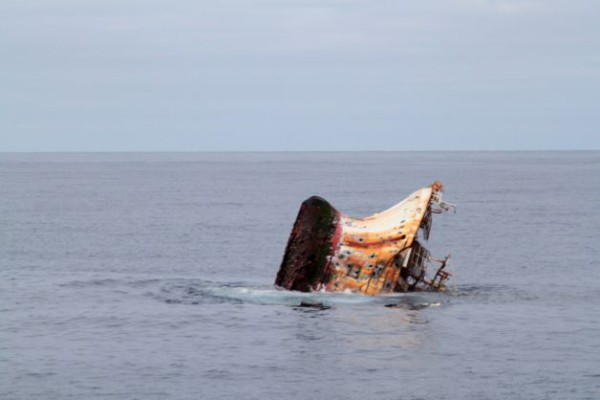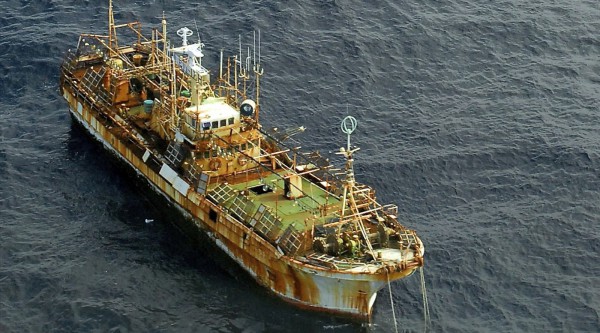On March 11, 2011, a magnitude-9 earthquake shook northeastern Japan, unleashing a savage tsunami. It is believed some five million tons of debris were washed out to sea following the tsunami. Ryou-Un Maru, a 164-foot Japanese fishing vessel, broke free and was set adrift from Hokkaido, Japan. The Ryou-Un Maru was originally built around 1982. It was owned by a Hokkaido-based fishing company and was used for shrimping and squidding. After a long service career, the ship’s owners decided it was too old for continued use, not worth fixing up, and they moored it in northern Japan in anticipation of selling it for scrap.
For over a year the Ryon-Un Maru drifted across the Pacific as a ghost ship. On 20 March 2012, it was spotted in Canadian waters by Royal Canadian Air Force CP-140 Aurora aircraft, about 170 miles offshore. The unmanned vessel, which was carrying more than 9,000 litres of diesel fuel, had been floating across the Pacific Ocean for some time and posed a danger to cargo vessels using nearby busy shipping lanes. The ship had no lights, making it dangerous obstacle at night. The potential for disaster was just too great.
The unmanned vessel entered U.S. waters on 1 April 2012. Since its registration had been cancelled the ship no longer had a legal owner responsible for it, so it was treated much like an iceberg or other floating debris.The Japanese owner did not want it back, as it had been destined for scrap, and experts from The National Oceanic and Atmospheric Administration and other agencies determined that sinking the ship was the best way to manage the potentially dangerous fuel on board and let the fuel evaporate in the open water. The vessel was the first verified debris to reach the West Coast since the earthquake and tsunami hit Japan.
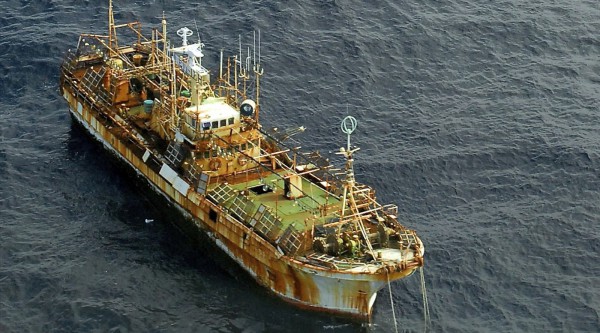
On 4 April 2012, the U.S. Coast Guard dropped a tracking buoy aboard as the vessel drifted approximately 170 nautical miles (310 km; 200 mi) southwest of Sitka, Alaska. The US Coast Guard decided that the drifting ship, with no lights or communications, was a hazard to navigation and dispatched US Coast Guard Cutter Anacapa to sink the ship with cannon fire. USCGC Anacapa (WPB-1335) is an Island-class cutter of the United States Coast Guard. Her class of ships were built in the 1980s and early 1990s to replace Cape-class cutters. The ship is named for Anacapa Island.
Earlier plans to sink the Ryou-Un Maru were put on hold because a fishing vessel, the Canadian Bernice C, was on the scene. The Cutter Anacapa held its fire and stood down to allow the Canadian crew an opportunity to take the stricken ship in tow. It became evident, however, that the Bernice C lacked the horsepower to tow the drifting ship.
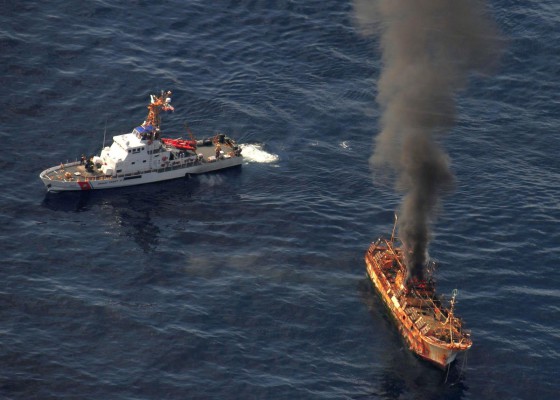
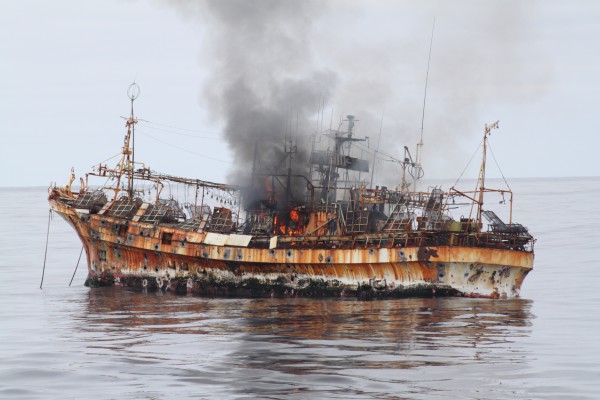
After giving the Bernice C time time to clear the area, on 5 April 2012, the Anacapa fired upon it with a Mk 38 25mm autocannon, holding and sinking the Ryou-Un Maru in approximately 1,800-metre (6,000 ft) of water in the Gulf of Alaska 180 miles (290 km) off the coast of the Alaskan Panhandle. The Ryou-Un Maru went down at 6:15 p.m. after four hours bursting into flames. An unknown amount of diesel fuel was released when the fishing boat sank.
Thus ends the adventure of the Ryou-Un Maru, which roughly means “Fishing Luck“ in Japanese.
